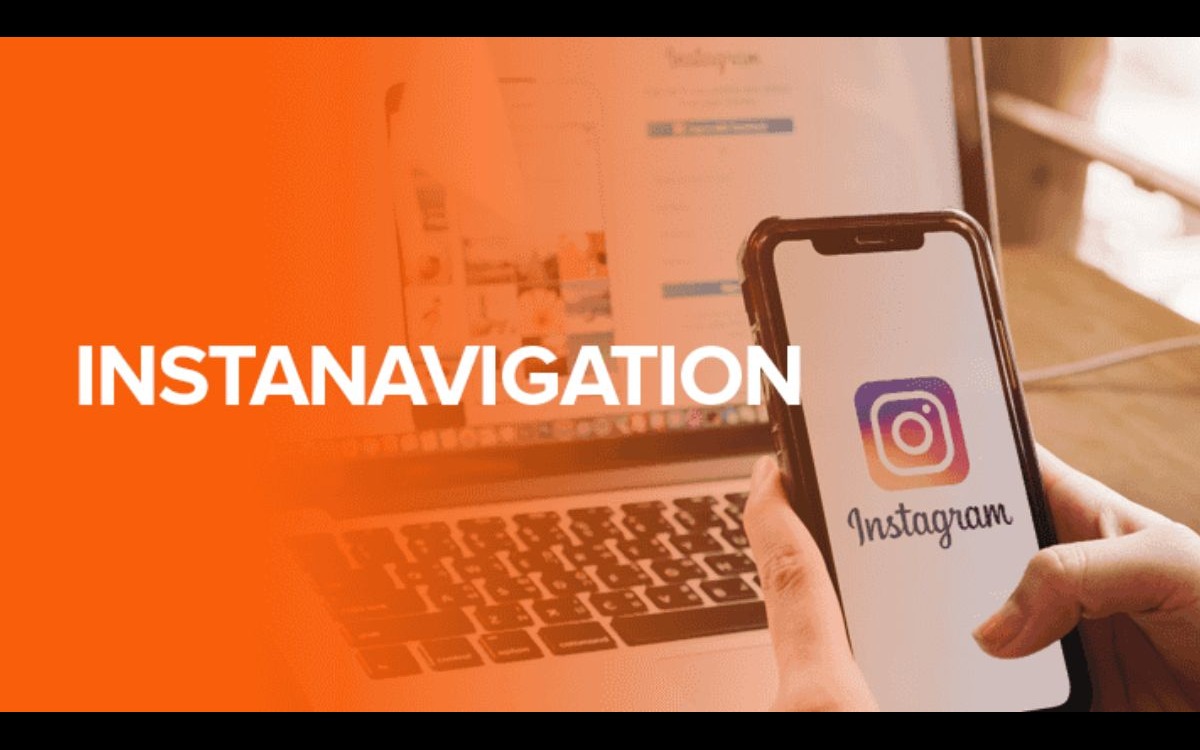In today’s digital age, navigating social media platforms has become an art. With the rapid evolution of technology and the increasing demand for seamless user experiences, a new concept has emerged: instanavigation. This term refers to intuitive and efficient navigation systems designed specifically for visual-heavy platforms like Instagram.
The Evolution of Social Media Navigation
Early Days of Social Media
In the early days, social media platforms were relatively simple, with essential navigation features. Users could easily find what they were looking for, but as platforms grew, so did their complexity.
The Rise of Visual Platforms
Visual platforms like Instagram revolutionized how we consume content. The emphasis on images and videos brought about a need for more sophisticated navigation systems to enhance user experience.
What is Instanavigation?
Instanavigation is a streamlined navigation system tailored for platforms like Instagram. It focuses on making navigation intuitive, engaging, and personalized for each user.
Detailed Explanation
Instanavigation combines design, user experience, and technology to create a seamless flow for users browsing content. It ensures that users can easily find and interact with the content they love.
Key Features
- Intuitive Design: Simple and easy-to-understand interfaces.
- User Engagement Strategies: Interactive elements that keep users engaged.
- Personalization: Customizing the experience based on user preferences and behavior.
Why Instanavigation Matters
 User Experience Enhancement
User Experience Enhancement
A well-designed navigation system enhances user satisfaction by making it easier to find what they need without frustration. Instanavigation plays a crucial role in retaining users and encouraging them to spend more time on the platform.
Business and Marketing Benefits
For businesses, Stanavigation can drive engagement and conversions. Businesses can boost their online presence and sales by making navigating to desired products or content easier for users.
Core Elements of Instanavigation
Intuitive Design
The design should be clean and straightforward, avoiding unnecessary complexity. Users should feel comfortable and confident as they navigate through the platform.
User Engagement Strategies
Incorporate elements like stories, interactive polls, and swipe features to keep users engaged. The goal is to create an immersive experience that encourages exploration.
Personalization
Use data and algorithms to tailor the navigation experience to individual users. This can include personalized content recommendations and customized user interfaces.
How to Implement Instanavigation
Step-by-Step Guide
- Analyze User Behavior: Understand how users interact with your platform.
- Design Intuitive Interfaces: Create simple and engaging designs.
- Incorporate Personalization: Use data to customize the user experience.
- Test and Iterate: Continuously refine the navigation system based on user feedback.
Tools and Technologies
- UI/UX Design Tools: Adobe XD, Sketch
- Analytics Platforms: Google Analytics, Hotjar
- Personalization Tools: AI and Machine Learning algorithms
Best Practices for Instanavigation
Keep It Simple
Avoid overcomplicating the navigation. Users should be able to find what they need with minimal effort.
Focus on User Needs
Understand and prioritize the needs of your users. Design navigation paths that align with their preferences and behaviors.
Regular Updates
Keep the navigation system up-to-date with the latest trends and technologies. Regular updates ensure that the platform remains relevant and user-friendly.
Case Studies: Successful Instanavigation
Brand A: From Zero to Hero
Brand A implemented Instanavigation and saw a significant increase in user engagement and satisfaction. Their intuitive design and personalized recommendations were critical to their success.
Brand B: Leveraging Instanavigation for Growth
Brand B used Instanavigation to streamline its user experience, increasing conversion rates and customer loyalty—their focus on user engagement strategies paid off immensely.
Common Mistakes in Instanavigation
Overcomplicating Navigation
One common mistake is adding too many features and options, which can overwhelm users. Simplicity is critical to effective Instanavigation.
Ignoring User Feedback
Failing to listen to user feedback can result in a navigation system that doesn’t meet user needs. Gather and act on feedback regularly to ensure the system remains user-friendly.
Future Trends in Instanavigation
AI and Machine Learning
Artificial intelligence and machine learning will play a significant role in personalizing and enhancing navigation systems. These technologies can analyze user behavior to provide even more tailored experiences.
Augmented Reality
Augmented reality (AR) is set to revolutionize Instanavigation by providing immersive and interactive experiences. AR can help users navigate through content in innovative ways.
Instanavigation for Different Industries
E-commerce
For e-commerce platforms, Instanavigation can streamline the shopping experience, making it easier for customers to find and purchase products.
Travel
In the travel industry, Instanavigation can help users quickly explore destinations, book accommodations, and plan itineraries.
Healthcare
Healthcare platforms can use Instanavigation to guide users through complex information, making it easier to find services and resources.
Measuring the Success of Instanavigation
Key Metrics
- User Engagement: Time spent on the platform, interaction rates
- Conversion Rates: Sales, sign-ups, and other vital actions
- User Satisfaction: Feedback and ratings
Tools for Analysis
- Analytics Platforms: Google Analytics, Mixpanel
- User Feedback Tools: Surveys, feedback forms
Challenges in Implementing Instanavigation
Technical Hurdles
Implementing advanced navigation systems can be technically challenging, requiring UI/UX design and software development expertise.
User Resistance
Users may resist changes to the navigation system, mainly if they are accustomed to the old design. Gradual implementation and clear communication can help mitigate this.
How to Overcome Challenges
Effective Solutions
- User Testing: Conduct extensive user testing to identify and address issues.
- Clear Communication: Inform users about changes and how they benefit from them.
- Incremental Changes: Implement changes gradually to allow users to adapt.
Case Studies
Look at how other successful platforms have overcome similar challenges. Learning from their experiences can provide valuable insights.
Conclusion
Instanavigation is a powerful tool for enhancing user experiences on visual-heavy platforms like Instagram. Businesses can create a seamless navigation system that delights users and drives engagement by focusing on intuitive design, user engagement, and personalization. As technology evolves, staying ahead of trends and continuously improving navigation systems will be crucial to success.


 User Experience Enhancement
User Experience Enhancement


